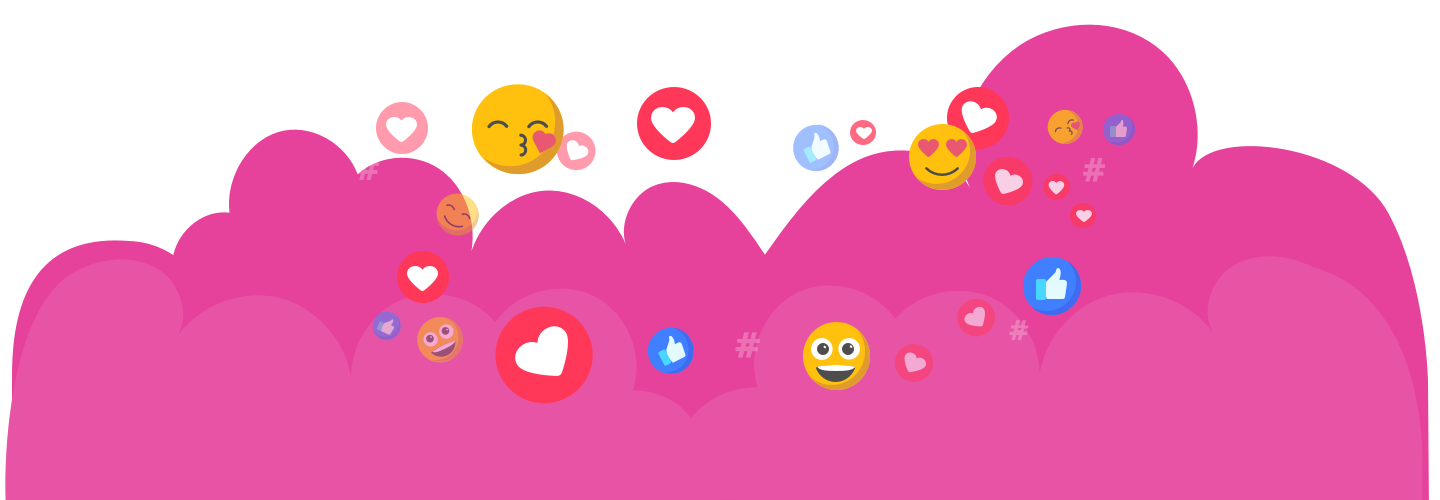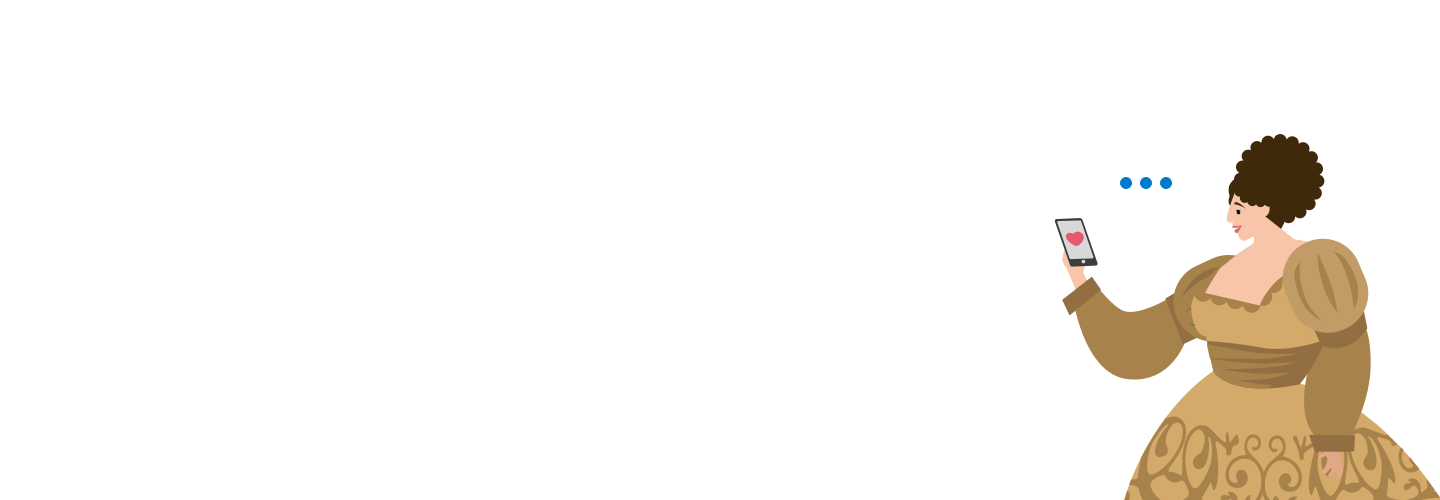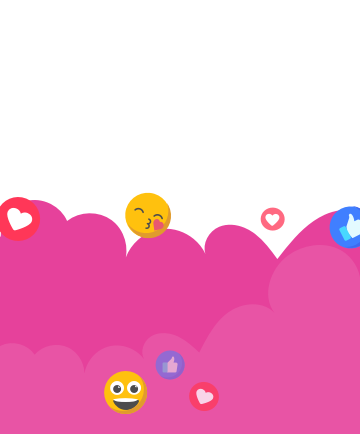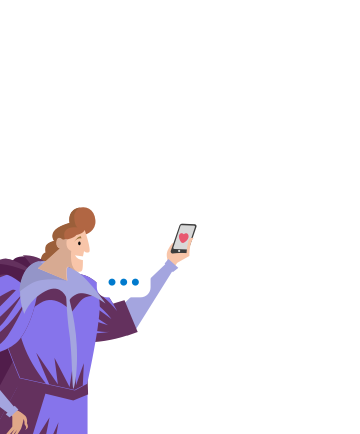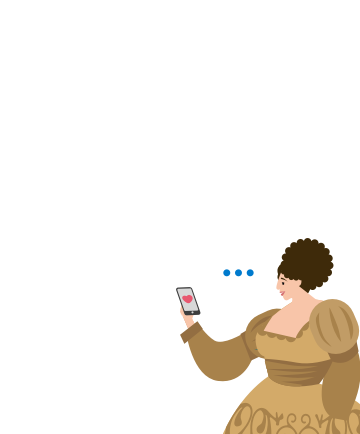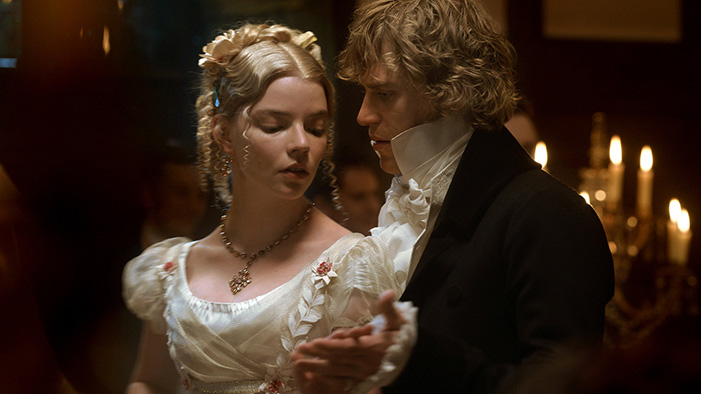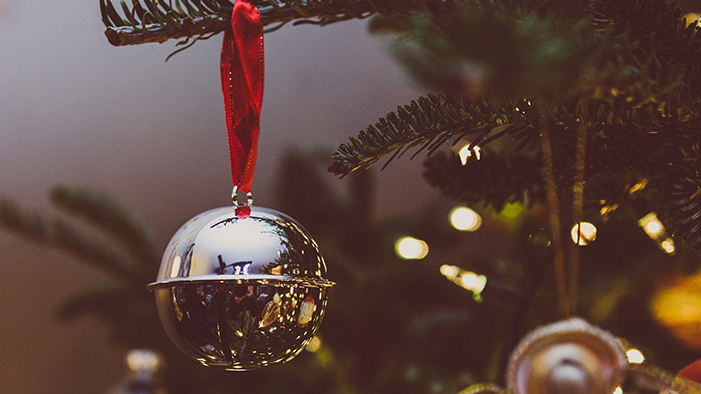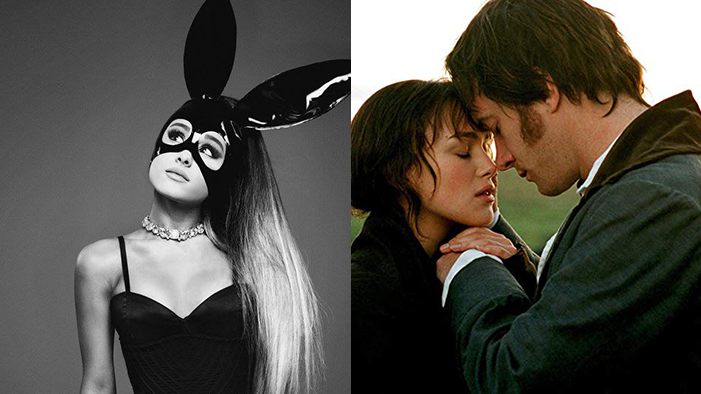The 1st Place Winner of the SparkLife Identity Essay Contest!

Cotton Ball
“Why does your hair look like that?”
The random question boggled my poor little seven-year-old mind. “Like what?”
“Like…puffy. It’s like a cotton ball.” Amanda grabbed my tightly-coiled hair.“It’s so weird.”
“I don’t know.” I answered. And I didn’t. I hadn’t even thought about it.
Amanda resumed coloring, but her question stayed in my mind. Forever.
One little comment opened my eyes to many differences between my peers and myself. Why was my skin so much darker? Why did my lips stick out so much? Why did I have flat, oval snoutish nose rather than the thin, pointed beak-type snozzle that even our Barbies had? Why couldn’t my hair go up in a ponytail and flow down my back like a waterfall, rather than stay atop like a stagnant cloud?
I interrogated my mother one day, as I noticed that she and my dad shared some of the same differences that I did. “Mom, why do I look so different from the other kids?”
My mom’s eyes widened. “What do you mean?”
I rolled my eyes at how ignorant parents could be. “Like, my hair is short and poofy. And my skin is dark. And my nose is flat.”
My mother awkwardly delivered her best seven-year-old-friendly answer. “Everyone looks different, honey. Some people’s hair look one way, some people’s hair look another way. Some people’s skin is darker, some is lighter. I think your skin and your hair are gorgeous.”
“What about my nose?” I asked, panicked.
“Your nose too. You’re beautiful.”
That was enough for me then. If Mom said I was “beautiful,” and Mom was right about everything, then I had to be. Simple.
As I got older, life was less simple. I felt like another species, one that sported cornrows and twists and Afropuffs. The puff-ponytail, my favorite hairstyle, became the one I stopped wearing after two boys started calling it the “Cotton-ball head” and told me my skin looked like it’s been “out in the sun too long.”
But, in third grade, I took my first standardized test. Gender: Female. Easy. Under Race, I saw some unfamiliar terms: White, Black. To me, the terms seemed to describe Crayola crayons the color of paper and as dark as the night. How could I choose which crayon I identified with?
On a whim, I selected the label that said, Black.
A blackened bubble by the “Black” word to match my Black skin. The white bubble by the “White word”.
I’m dark. They’re light.
Inexplicably, that felt right.
I’m…“Black.” But..what did that mean? I had no clue, but I figured it appropriately explained my physical differences, and I accepted it. With my race being nothing more than a factoid to keep in the back of my head, I spent my childhood like every kid: trying to mimic my peers in hopes of “fitting in.” I rejected speaking, dressing, acting, and eating the way my parents and family did, and absorbed the culture of my school peers.
My world was flipped when I went to middle school in a parallel universe. My parents sent me to a school across the county because it had a special program there. In this parallel universe, the majority became the minority. I was surrounded everywhere by people that looked like me. My excitement died after my first conversation: I went up to a girl with lips, hair, and skin like mine, and tried befriending her. She pushed me away, claiming that I “talked like a white girl.” By the end of the week, I had heard that same phrase multiple times. Now instead of being called “freak” and “ugly”, I was called “fake,” “wannabe,” “sellout,” and “Oreo” (meaning “Black outside, White inside”).
Within the program itself, I was the only Black person in many of my classes, and I still felt like I didn’t quite belong. The words from the Black community convinced me that by being myself I was breaking some unwritten rules of Blackness.
I was more confused than ever. What did “Black” mean? Did it mean I couldn’t speak like I did? Did it mean I shouldn’t be in the program I was in? I tried to immerse myself in the “Black” culture to feel accepted there, so I could have a home somewhere.
Sorry to say, things didn’t get much better as middle school went on. But, in high school, I moved and did make a group of friends. I was still among the few Black people in my classes, but my new friends seemed more accepting. Well, as long as I followed their rules of being an AP/IB student. I had no idea how much middle school had changed me. Whenever I spoke up at someone using the “n” word or publicly appraised the occasional rap song, my friends laughed as they told me to “don’t get all Black on us!” I was embarrassed at being too Black. After all, I was an AP student. AP students didn’t sit with the Black kids. AP students wear their hair straight, and “professional” (only achievable through weave for myself).
As a college student, I’ve seen all types of Blackness. Some are African, some are Carribbean, Latinos, “Oreos,” those from “the REAL hood.” If I have learned anything after all these years of never quite belonging, I’ve learned what “Black” means. There’s no discrepancy between anyone’s appearance and my personality. “Black” is a color as dark as the night. But it also means a girl whose hair looks like a cloud, whose skin her friends risk skin cancer to imitate, who can rock cool hairstyles, and whose nose is adorbs AF. It also means a girl who loves books, who takes advanced classes, and talks like Cher from Clueless. It also means I like rap music and I stand up against microaggressions. It means I’m “different,” it means I’m “beautiful.” It means I’m Olivia.


